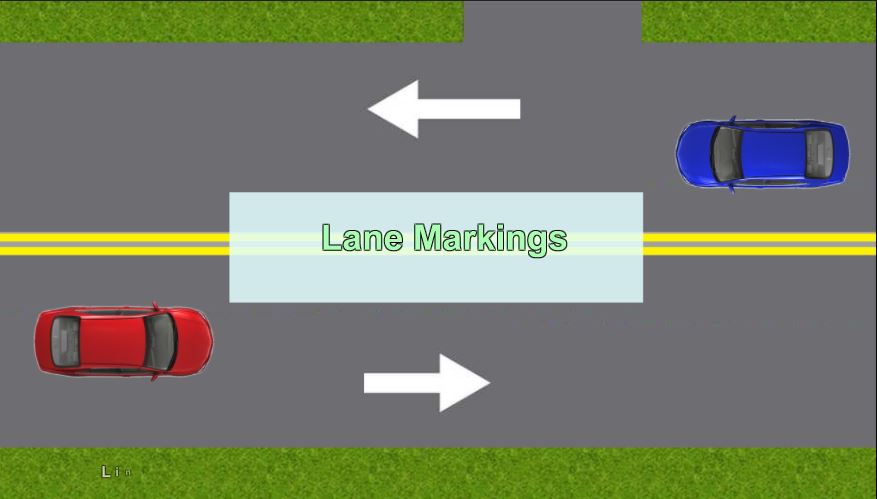The Importance of Lane Markings in Traffic Safety
In the United States, lane markings play a critical role in guiding drivers and ensuring road safety. Understanding the significance of lane markings, including white and yellow lines, is essential for motorists to navigate effectively and prevent accidents. Let’s explore the importance of lane markings and how they contribute to traffic safety on US roads.

Lane markings are crucial components of road infrastructure, providing guidance and safety for drivers, cyclists, and pedestrians alike. In the United States, white and yellow lines play distinctive roles in delineating traffic lanes and regulating traffic flow. Understanding the significance of these markings is essential for promoting road safety and efficient transportation.
1. White Lane Markings:
A solid white line delineates the edge of a travel lane, indicating where drivers should stay within their lane. Crossing a solid white line is discouraged except when necessary, such as merging into traffic or exiting a freeway.
Dashed white lines indicate where lane changes are permitted. Drivers may cross dashed white lines when safe to do so, such as when passing slower vehicles or changing lanes.
Double solid white lines signify a barrier between lanes where crossing is prohibited. Drivers should not cross double white lines except in emergencies or as directed by traffic control devices.
Watch this video for FREE to know more about lane marking:
2. Yellow Lane Markings:
A single solid yellow line marks the center of a two-way road, indicating traffic moving in opposite directions. Passing is typically allowed when safe and no oncoming traffic is present.
Dashed yellow lines indicate where passing is permitted on roads with two or more lanes of traffic moving in opposite directions. Drivers may pass slower vehicles when safe to do so and no oncoming traffic is approaching.
Double solid yellow lines prohibit passing in both directions. These markings are often used in areas with limited visibility or hazardous conditions.
3. Additional Lane Markings:
- Arrows: Arrows painted on the road surface indicate the direction of travel for specific lanes, such as turn lanes or lanes designated for certain vehicles.
- Crosswalks: White lines perpendicular to traffic flow indicate crosswalks where pedestrians have the right of way to cross safely.
- Stop Lines: Solid white lines across the road indicate where drivers must stop at intersections or pedestrian crossings.
4. Conclusion:
Lane markings are essential tools for regulating traffic and promoting safety on US roads. Understanding the significance of white and yellow lines helps drivers navigate efficiently and reduces the risk of accidents. By adhering to these markings and exercising caution when necessary, motorists can contribute to a safer and more orderly transportation environment for everyone.